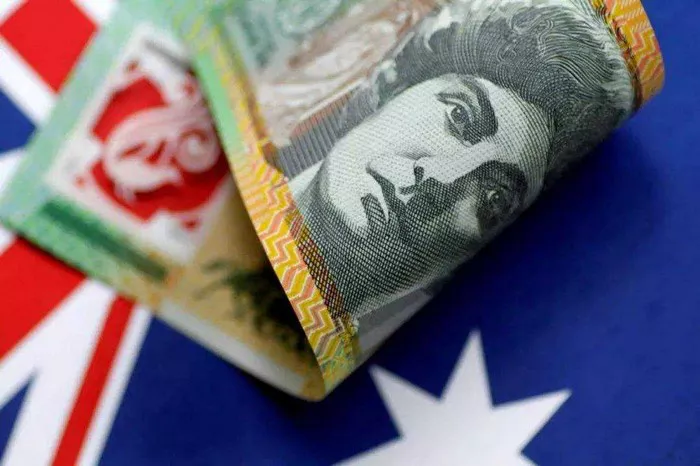The Australian Dollar (AUD) is not only the official currency of the Commonwealth of Australia but also holds significance in the global economic landscape. As the world becomes more interconnected, understanding which countries accept the Australian Dollar is crucial for international travelers, businesses, and investors. In this article, we will delve into the acceptance of the AUD on the global stage and explore the factors influencing its adoption.
Key Factors Driving Global Acceptance:
1. Trade Relations:
One of the primary factors contributing to the global acceptance of the Australian Dollar is Australia’s robust international trade relationships. The country has established strong economic ties with major trading partners, such as China, the United States, and Japan. As a result, the AUD is widely accepted in transactions related to commodities, minerals, and other goods.
2. Economic Stability:
Australia’s reputation for economic stability and prudent fiscal policies has bolstered confidence in the Australian Dollar. Investors and central banks across the globe view the AUD as a reliable and secure currency, making it a preferred choice for international transactions.
3. Tourism and Education:
Australia’s thriving tourism and education sectors play a pivotal role in the widespread acceptance of the AUD. Millions of international tourists visit Australia annually, and a significant number of students from around the world choose Australian educational institutions. Consequently, there is a growing demand for the Australian Dollar in these sectors, further enhancing its global acceptance.
Countries Accepting the Australian Dollar:
While the Australian Dollar may not be as universally accepted as major reserve currencies like the US Dollar or Euro, it is still recognized and used in various countries around the world. Here are some countries where the Australian Dollar is commonly accepted:
1. Asia-Pacific Region:
Many countries in the Asia-Pacific region, including Indonesia, Thailand, and Singapore, accept the Australian Dollar in certain transactions. This acceptance is often driven by the strong economic ties between Australia and these nations, as well as the popularity of Australian tourism in the region.
2. Pacific Island Nations:
Pacific island nations, such as Fiji, Papua New Guinea, and Vanuatu, frequently accept the Australian Dollar due to historical and economic connections with Australia. The stability and reliability of the AUD make it a preferred currency in these smaller economies.
3. United Kingdom and Europe:
While the Euro is the predominant currency in Europe, the Australian Dollar is accepted in some businesses and financial institutions, particularly in the United Kingdom. The historical ties between Australia and the UK, coupled with the presence of a significant Australian expatriate community, contribute to the acceptance of the AUD in this region.
4. Middle East:
In the Middle East, countries like the United Arab Emirates (UAE) and Qatar may accept the Australian Dollar in certain sectors, such as tourism and hospitality. The influx of Australian visitors and the growing economic relations with these nations have facilitated the use of the AUD.
5. North America:
While the US Dollar is the dominant currency in North America, some businesses and financial institutions in Canada may accept the Australian Dollar, particularly in areas with a significant Australian expatriate population. However, its acceptance is not as widespread as in other regions.
Challenges and Considerations:
Despite the global acceptance of the Australian Dollar, there are challenges and considerations to be aware of:
Exchange Rate Fluctuations: Like any other currency, the Australian Dollar is subject to exchange rate fluctuations. Businesses and individuals dealing with the AUD need to be mindful of these fluctuations, as they can impact the cost of transactions and investments.
Limited Acceptance in Certain Regions: The Australian Dollar may not be universally accepted in all countries, especially in regions where other major currencies dominate. Travelers and businesses should be prepared to use local currencies or widely accepted international currencies in such cases.
Currency Conversion Costs: When using the Australian Dollar in countries where it is not the official currency, individuals may incur currency conversion costs. These costs can vary, and it’s essential to be aware of them to make informed financial decisions.
See Also Has the AUD Ever Been Higher Than the USD?
Conclusion:
In conclusion, the Australian Dollar’s global acceptance is influenced by factors such as trade relations, economic stability, tourism, and education. While it may not be as widely recognized as some major reserve currencies, the AUD is still accepted in various countries, particularly those with strong economic ties to Australia. Understanding the countries where the Australian Dollar is accepted is valuable for international travelers, businesses, and investors seeking to navigate the complexities of the global economy. As Australia continues to play a significant role in international trade and diplomacy, the acceptance of the Australian Dollar is likely to remain an important aspect of the global financial landscape.


